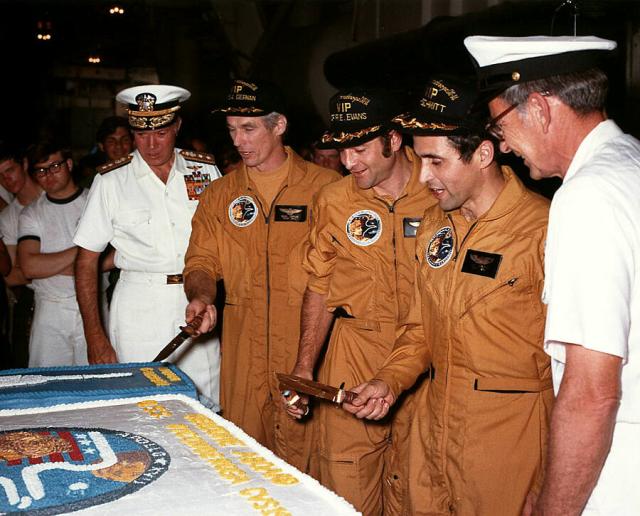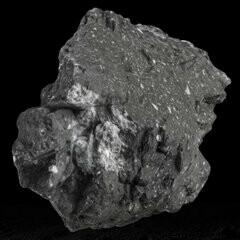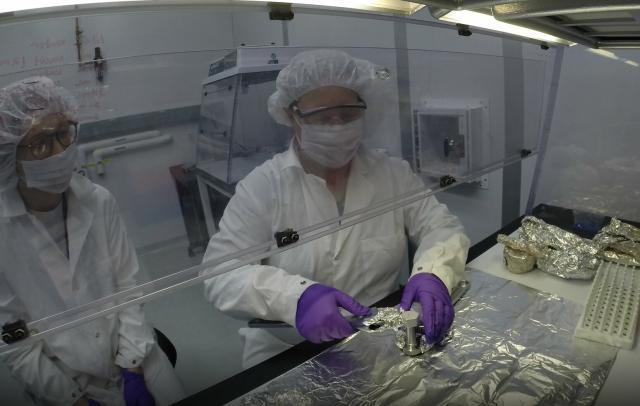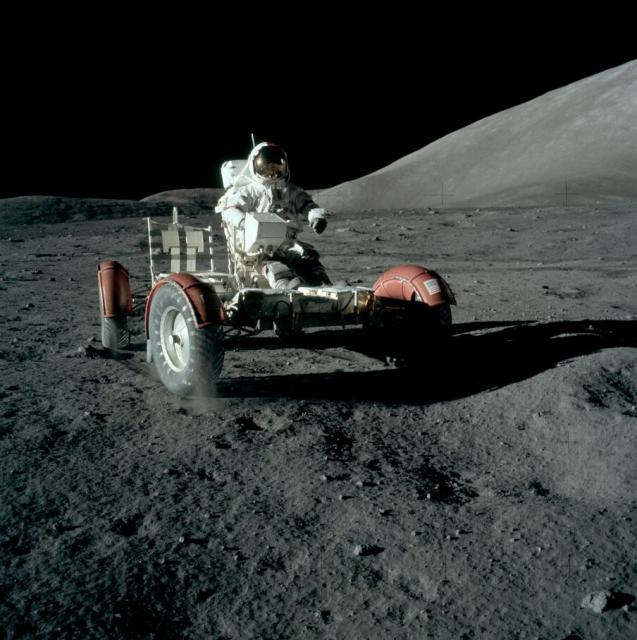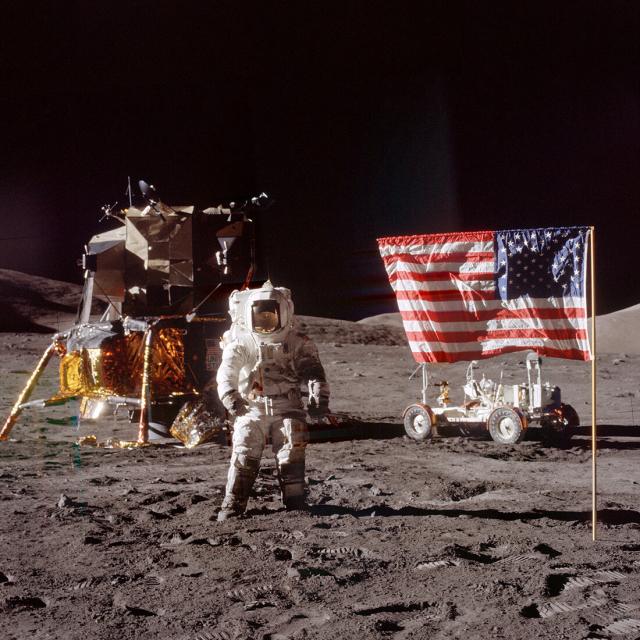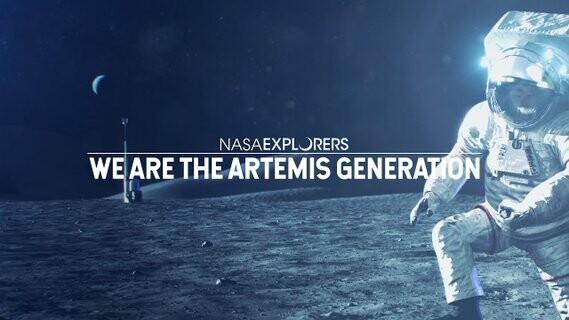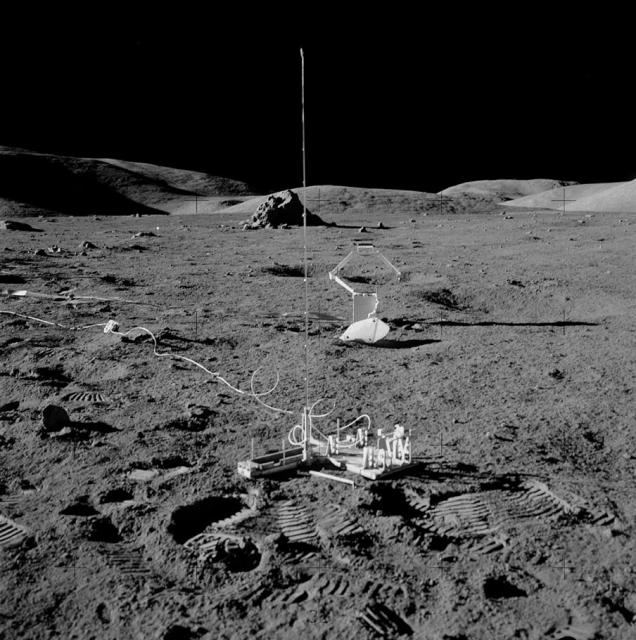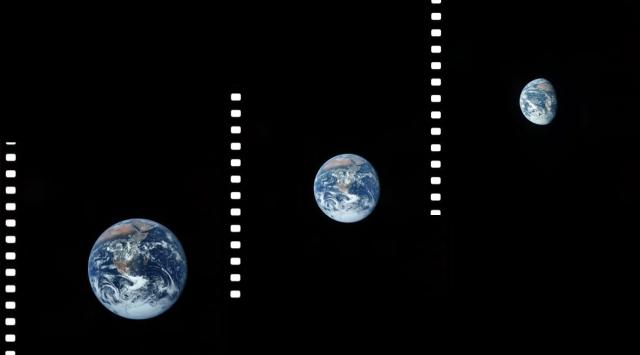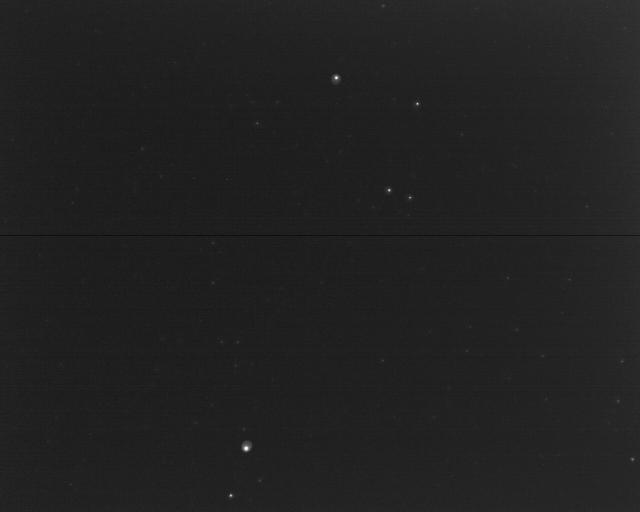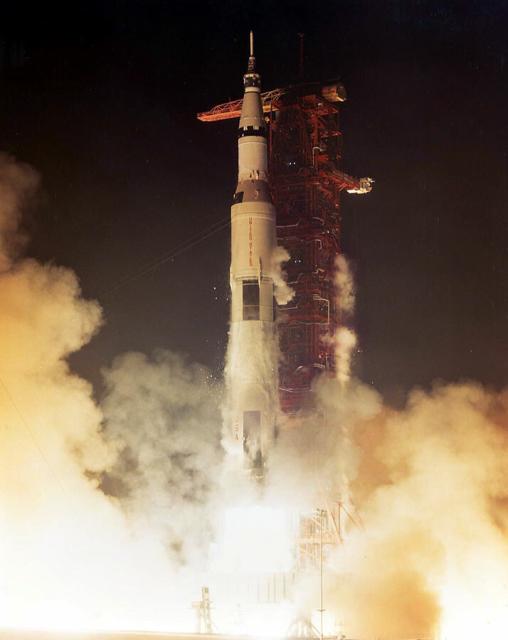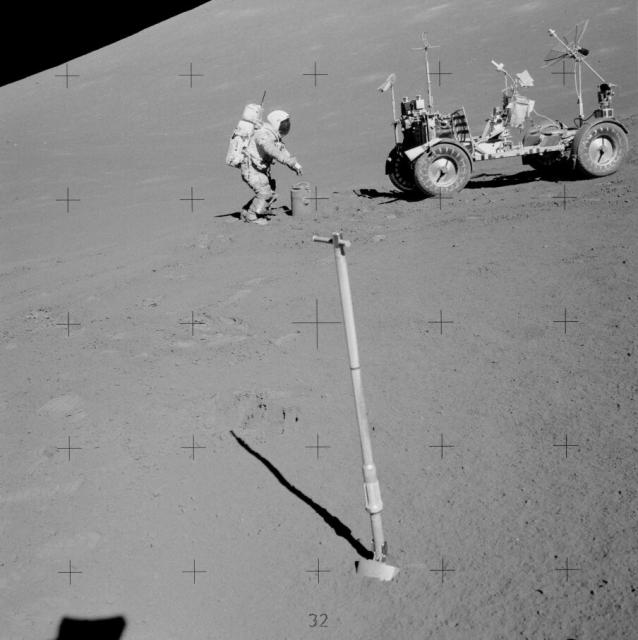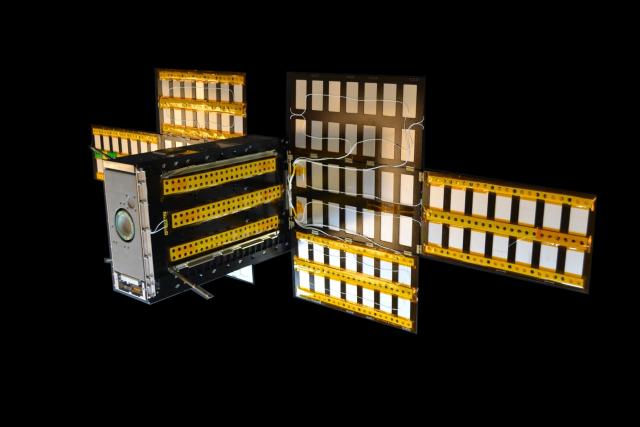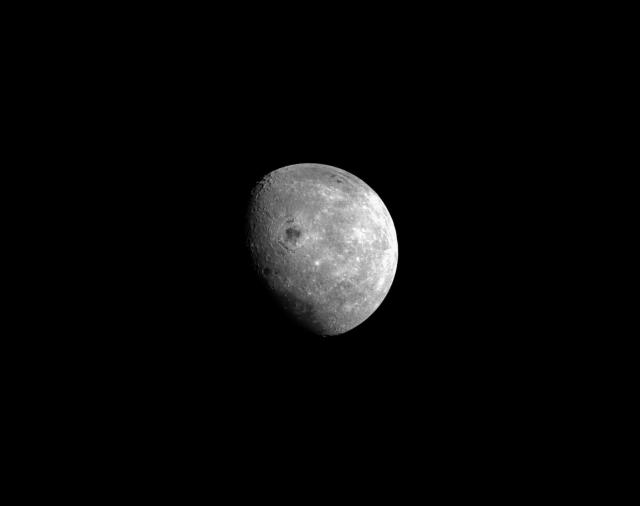Search
Items tagged with: nasamoon
#NASAMoon
#NASAMoon
Apollo 17 Splash Down Ends the Beginning of Lunar Exploration
On Dec. 19, 1972, Apollo 17 astronauts Eugene A. Cernan, Ronald E. Evans, and Harrison H. “Jack” Schmitt, the first trained geologist to travel to the Moon, successfully ended their 13-day Moon landing mission with a splashdown in their Command Modul…Kelli Mars (NASA)
#NASAMoon
Astromaterials 3D: Moon Rocks – Moon: NASA Science
Video tour of an interactive tool that lets you hold virtual Moon rocks in your hand.Moon: NASA Science
#NASAMoon
Goddard Scientists Begin Studying 50-year-old Frozen Apollo 17 Samples
Scientists at NASA Goddard recently received samples of the lunar surface that have been curated in a freezer at NASA Johnson since Apollo 17 astronauts returned them to Earth in December 1972.Bill Steigerwald (NASA)
#NASAMoon
50 Years Ago: Apollo 17 Lands at Taurus-Littrow
Apollo 17 entered lunar orbit on Dec. 10, 1972. The next day, astronauts Eugene A. Cernan and Harrison H.Kelli Mars (NASA)
#NASAMoon
Today, @NASAArtemis I splashed down in the Pacific Ocean. Meet some of the #NASAExplorers who are making the Artemis missions possible and preparing to land the first woman and person of color on the Moon.
https://go.nasa.gov/3Pk6vfp
#NASAMoon
NASA Explorers: Season 5, Episode 1
These are our explorers. They're the people who will get us to the Moon, collect Moon rocks, deliver them to Earth safely, and ensure that we can study them ...YouTube
#NASAMoon
SVS: Flying over the Taurus-Littrow Valley
On December 11, 1972, Apollo 17 astronauts Eugene Cernan and Harrison Schmitt landed their lunar module, Challenger, in a lunar valley named for the Taurus mountain range and the nearby Littrow crater.go.nasa.gov
#NASAMoon
50 Years Ago: Apollo 17 Astronauts Prepare for Lunar Science
With just two weeks remaining until their Dec. 6, 1972 launch on the final Apollo Moon landing mission, Apollo 17 astronauts Commander Eugene A. Cernan, Command Module Pilot Ronald E. Evans, and Lunar Module Pilot Harrison H.Kelli Mars (NASA)
#NASAMoon
Apollo 17 in Real Time
A real-time interactive journey through the last landing on the Moon. Relive every moment as it occurred in 1972.Apollo 17 in Real Time
#NASAMoon
#NASAMoon
50 Years Ago: Apollo 17 Lights Up the Night Sky on its Way to the Moon
The sixth and final Apollo Moon landing mission began with the Dec. 7, 1972, launch of Apollo 17. In the first night launch of the American human spaceflight program, the giant Saturn V rocket lifted off from Launch Pad 39A and lit up the sky at NASA…Kelli Mars (NASA)
The Moon rotates exactly once each time it orbits our planet. This arrangement is an example of a special kind of orbital dance called "tidal locking".
Here's how it works: https://go.nasa.gov/3BdKOb9
#NASAMoon
Tidal Locking | Moon in Motion – Moon: NASA Science
Moon.nasa.gov is NASA's deep dive resource for lunar exploration from astronauts to robots.Moon: NASA Science
#NASAMoon
Apollo 17 Presentation – Moon: NASA Science
Download these slides about Apollo 17 and adapt them to your audience and setting.Moon: NASA Science
#NASAMoon

